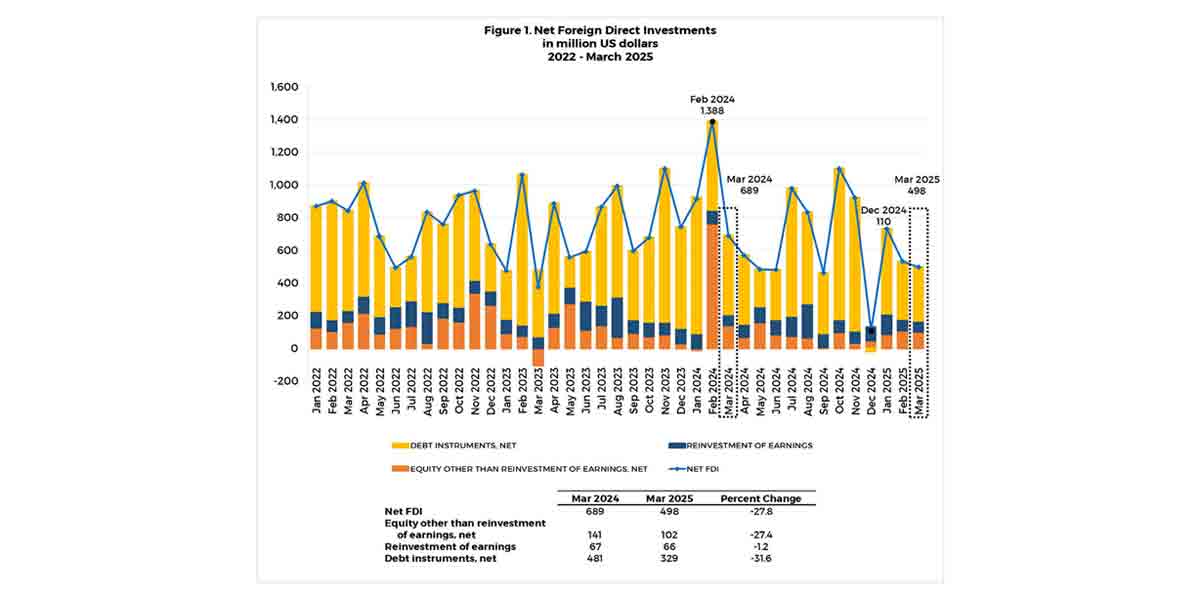By Engr. Carlos V. Cornejo
This book will help us overthinkers or otherwise known as too much worriers especially when there is an upcoming event that might need us to be calm like presenting a report, taking an exam or playing in a tournament that could hinder us from being composed.
“How to Stop Overthinking: 23 Techniques to Relieve Stress, Stop Negative Spirals, Declutter Your Mind, and Focus on the Present” by Nick Trenton is a good read. The author says, “Many of us have become habitual overthinkers because it gives us the illusion that we’re doing something about the problem when we’re overthinking about.” For me I don’t mind overthinking as long as my overthinking has a purpose which is to find a creative solution to a problem. But if overthinking goes beyond the limit I set when I think that all possible solutions have been thought out already and my mind still would linger on the problem, then I would classify it as unhealthy overthinking and has to stop it. Here are some of the author’s overthinking relief methods found in the book that stands out (I’ll be adding some pointers of my own especially on the spiritual facet of it).
The 5‐4‐3‐2‐1 Method
The idea here is to divert your mind from overthinking. Overthinking is rooted in being anxious while thinking about a problem. But the problem is that the thinking about the problem adds fuel to anxiety and we get trapped into the thinking and anxiety vicious cycle. The solution the author recommends is to lower our anxiety by diverting one’s thoughts.
Here is how the 5‐4‐3‐2‐1 method works:
Slowly count down from five to one. As you count down, use each number as a cue to engage one of your five senses. Five ‐ look at five objects in your environment. Four ‐ hear four distinct sounds. Three ‐ feel three sensations. Two ‐ detect two smells. One – identify one taste.
Think of consciousness as a ball of awareness that moves in and out of your body. When you’re lost in thought, your ball of awareness hovers inside your mind, bouncing around like a pinball with all the what‐ifs scenarios you’re thinking of (“What if this happens? What if that happens? What if I’d done things differently?”). But if you take a second to notice the fine details of an object in your environment, like the lines and colors of your wood desk, your ball of awareness leaves your mind and hovers over the desk.
By performing the 5‐4‐3‐2‐1 method, you keep your ball of awareness outside of your head long enough to lower your anxiety and regain a sense of control.
In my case if I tend to overthink or over-worry (especially when I have done all I could about the problem and feel that it’s beyond my control already) I refer to a passage in Scripture that might help me, try to reflect on it and apply it in my case. Scripture passages such as trusting more in the Lord, “Trust in the Lord with all your heart, and do not rely on your own insight. In all your ways acknowledge him, and he will make straight your paths.” (Proverbs 3:5-6)
Counter-Belief Method
Behind every ‘overthinking episode’ is a debilitating belief. For example, if your mind is racing before a presentation, you must believe you are unprepared and will fail. You can stop overthinking by taking the following steps to challenge an anxiety‐inducing belief:
(1.) Clarify the belief by asking yourself, “What must I believe about myself, others, or the future to justify my anxiety?” (2.) Invert that belief to form a counter‐belief. If you believe “I’m not prepared for this presentation,” the counter‐belief is, “I am well prepared for this presentation.” (3.) Conduct a counter‐belief experiment by test driving the counter‐belief ‐ spend at least one minute living as though the counter‐belief is true. Live the next sixty seconds believing you are adequately prepared for your presentation to see how that affects
your anxiety. (4.) Look for evidence to support your new belief. Reflect on your pre‐performance practice to support the belief that you are well prepared.
When you discover evidence to support a counter‐belief, you begin doubting your original belief, which lowers your anxiety and calms your overthinking mind. Overthinking often times is letting our feelings get the best over our reasoning. This method tries to put facts over feelings which helps us calm down because it makes us more realistic.
Worry Postponement Method
Most of the time our worries just want to be acknowledged. By creating a set time to worry, we acknowledge our worry and confine it to a short block of time so that it doesn’t leak into all hours of the day. An example of worry postponement might be to set an alarm in your smartphone when worry sets in by telling yourself “I’ll postpone this worry during lunch break and focus now on what I’m doing”. When your worry appointment pops up at 12:00 noon, you usually forget what you were worried about. Author Nick Trenton says, “Worry postponement is a very direct and effective way of interrupting anxiety spirals…We can seldom eliminate worry from our lives, but we can consciously limit its time of onset and duration.”
In my case I would schedule my worry time to coincide with my appointment with the Lord or my regular daily prayer time. In that way, I confide to God my worries and acquire the grace to tackle it.






















